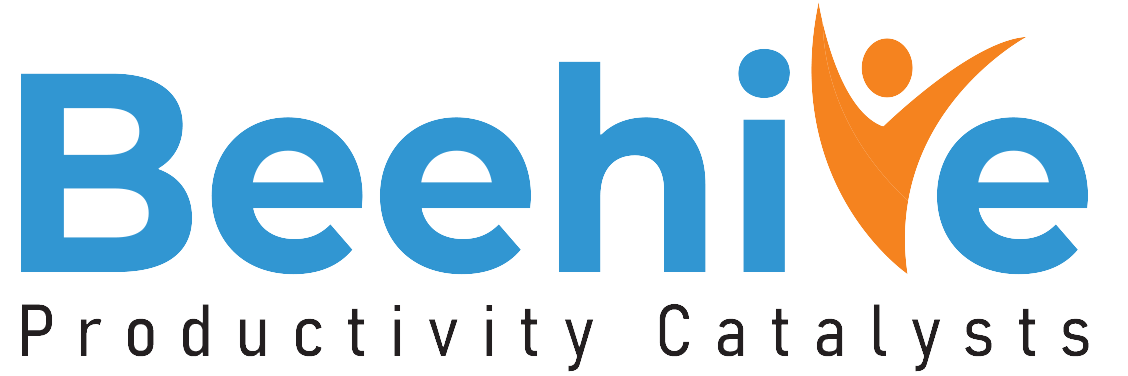What is Performance Management?
People management requires performance management. Performance management is a crucial yearly activity that evaluates each employee\’s accomplishments throughout the year. Employees, management, and the company may benefit from continuous, successful performance management. This builds trust and ensures that everyone feels more supported and involved. Employees who do not feel connected to their job and position are more inclined to leave, which leads to a greater staff turnover rate.
Performance management allows you to monitor your workers\’ progress and determine if they need further assistance, are capable of higher-level training, or deserve a raise. To maintain a high quality for your business, you must have organised performance management and performance appraisal software.
The Purpose & Objectives of the Performance Management
-
Consolidate The Global HR Approach
Performance management may also be used to determine a company-wide hr performance management system, such as strategic workforce planning, identifying company-wide training requirements, and establishing a productive corporate atmosphere.
-
Between-Person Applications
Employee performance is evaluated, remuneration is determined, promotions, increases, changes, work rotations, and firing are all part of the process.
-
Within-Person Applications
Within-Person Applications provides comments on individual performance, assesses weak and strong aspects, and identifies further training requirements. These feedback points allow the individual to hone the precise abilities needed for the work and development in their career.
-
How Annual Appraisals are Different But Part of Performance Management?
Performance management is used to guarantee that workers’ actions and results align with the company\’s goals. It comprises identifying the actions and results that will lead to its strategy being implemented effectively.
Performance appraisal is a method of evaluating previous performance rather than assessing it against specific and agreed-upon goals. Performance management moves the emphasis from a one-time event to a continuous activity.
- Individual employee goals are linked to the organisation\’s purpose and strategic plans in an effective Performance Management process, which lays the framework for greatness. The employee understands how they contribute to attaining the company\’s overarching goal.
- Using outcomes, activities, and behaviours to focus on clearly defining performance targets and expectations,
- As part of the process, define explicit growth plans, and coaching, mentorship, feedback, and evaluation are examples of frequent talks that should be held throughout the performance cycle.
Performance appraisal is a process of appraising previous performance rather than comparing it against clearly defined and agreed-upon goals. Performance appraisal software moves the emphasis from a one-time event to a continuous activity.
What are the Basic Elements Necessary for Effective Performance Management?
Make a work schedule. A work plan should serve as a focal point for frequent one-on-one sessions. The work plan should be created in collaboration with the employee. It should contain specific tasks, timeframes, and resources.
Employees deserve to be recognised and paid for their contributions to your business. Employees are motivated to perform since their efforts are not in vain. It is important to note that a monthly wage does not qualify as an incentive or compensation, particularly if it is the same for all employees at that level. After promotions, a bonus should be distinctive and is one of the most well-known performance management tactics.
You will need to promote continued progress and development once you have observed your employee for a certain amount of time and in various methods.
If an employee is on track to reach their objectives, a sensible and successful performance manager would propose methods to assist the person go above and beyond their stated objectives. Successful performance management is constantly striving for more. Employee performance software can help companies extend their workers\’ capacity and potential.
-
Honest and Regular Feedback and Reviews
As much as possible, provide and encourage feedback. Do not put it off till meetings, one-on-ones, or evaluations. Encourage your staff to talk with you and encourage them by tracking their development and recognising when they succeed. Always have a positive attitude. If feedback is essential, be sure to provide suggestions for how it may be improved in the future and time for workers to express concerns and seek answers.
The most efficient method to get the most out of your employees is establishing a regular hr performance management system. Organisations, teams, and individuals may all benefit from performance monitoring. A lack of direction and isolation may result from poor management. Micromanagement may lead to anger and dissatisfaction. It is critical to strike the appropriate balance to be successful.
How Employee Performance Management Benefits Employees?
-
Increased Satisfaction at Work
Employees are more motivated and devoted to their job when they have a consistent performance evaluation procedure with timely acknowledgement. Human resources are less anxious when a corporation acknowledges its potential and cares about its well-being. A stress-free and satisfying work environment help them advance in their careers and organisations while increasing their happiness.
-
Alignment with Organizational Goals
A vital component of a performance management plan is communicating the company\’s objectives. Furthermore, allocating major responsibility areas and key performance indicators to staff provides them with a better understanding of their responsibilities. As a result, they can better self-track and analyse their performance, allowing them to meet KRAs; KPIs better and match their efforts with company objectives.
Employee-management disputes may be reduced by using an efficient performance evaluation procedure. To iron out discrepancies, employee performance, barriers, and strong and weak areas are discussed one-on-one. It also instils trust in workers, motivating them to work with a good attitude and enhancing productivity.
-
Better Opportunities for Growth and Promotion
Meetings to discuss performance, progress, and responsibilities regularly assist in breaking the ice. Employees are also encouraged to show off their work and achievements and convey their desire for advancement and development prospects. It becomes simple for management to recognise workers\’ strong areas and give appropriate opportunities for them to succeed in those areas.
Best Employee Performance Management Practices to Follow
-
Define and Describe Each Role
The human brain has been trained to recall groups of three or four things at a time. Organisations often become too ambitious in their goal-setting processes, with many seeking to attain eight, nine, or even ten objectives at once. When workers and executives are unable to recall their objectives, problems develop. The more precisely stated and explicit the aim is in terms of organisational goals, the better. This, therefore, calls for valuing the importance of performance management in an organisation.
-
Monitor Progress towards Performance Targets
Managers may indicate areas in existing processes that require a change in real-time by having ongoing interactions. Frequent performance talks provide advantages, including greater productivity, lower attrition, and increased engagement. This approach is aided by performance management software, which continually monitors engagement and provides quantifiable outcomes. When delivering feedback and talking with workers, managers may use this information.
-
Pair Goals with a Performance Plan
You can hardly expect people to be productive unless they have a clear purpose in mind. If a goal is not articulated and achievable, employees will be less effective. As a result, make sure that the duties assigned to personnel are as defined and constrained as possible. Tell them clearly what you anticipate and how this task will affect them.
-
Keep It Professional, Not Personal
As with any performance debate, there will undoubtedly be uncomfortable discussions. Strong, professional leaders do not avoid these difficult issues but rather see them as opportunities for growth. Leaders may learn to manage these talks successfully with the right training and practice.
Feedback on performance identifies areas that may be improved or modified. When it comes to working performance, employees are significantly more eager and capable of modifying their conduct than their personalities. Always finish meetings with action items that workers can act on right away, so pay attention to how you package your criticism.
-
Take Advantage Of Multiple-Source Feedback
There is no way to improve staff efficiency if they do not realise they are inefficient. This is why performance management in an organisation is so important. After you have assessed your workers\’ performance, arrange individual meetings with them to let them know where they are succeeding and where they need to improve.
It is not only about what they can do better when increasing staff efficiency; you also have a role to play. However, you, like your staff, are not psychic. So, once you have gone through your workers\’ performance, ask them what you can do to assist them better.
Conclusion
Employee performance management is a fluid process with no one-size-fits-all solution. It differs from one firm to the next and is always changing. You can always put your best foot forward, use next-generation resource management solutions, and develop the best-fitting performance management strategy. You may constantly adjust it to meet your changing requirements and get the rewards.
What can Beehive Software Employee Performance Management Software do for My Company?
The performance management process may be made easier using resource management. It also uses real-time data and business intelligence to maintain a single version of the truth. It also ensures that both the boss and the employee are on the same page.
The correct resource management system from Beehive Software may help you iron them out and attain assessment neutrality even if they exist. Performance appraisal software may provide real-time statistics on various performance measures, including utilisation, forecast-to-actual, capacity-to-demand, and many more.






